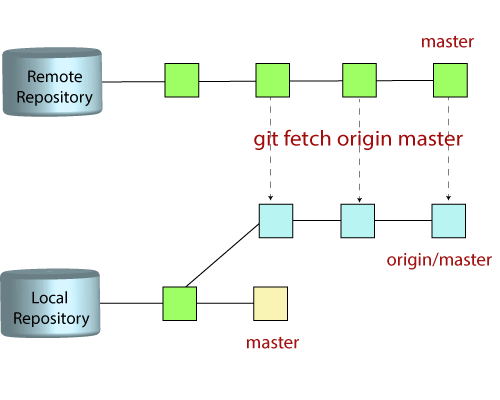

Choose the appropriate command based on your collaboration needs and project requirements, and you’ll be well on your way to mastering Git and streamlining your development process. While ‘git fetch’ allows you to review and merge remote changes manually, ‘git pull’ automates the process, updating your local branch with the latest remote changes. Understanding the differences between ‘git pull’ and ‘git fetch’ commands is essential for efficient Git workflows and collaboration. You’re working on a small team or alone and have full control over the remote repository.You prefer a simplified workflow with fewer steps, as ‘git pull’ combines fetching and merging.You’re confident that the remote changes won’t cause conflicts or disrupt your local work.You’re working with multiple collaborators and want to avoid potential conflicts.This is useful if someone else has made new commits, on your branch.
• You need to keep a clean and linear project history by avoiding unnecessary merge commits. git pull does two things: git fetch and then git merge origin/
You want to review the changes before merging them into your local branch.Here are some guidelines to help you decide: Use ‘git fetch’ when: ‘git pull’?Ĭhoosing between ‘git fetch’ and ‘git pull’ depends on your specific workflow and collaboration requirements. If there are conflicts between the local and remote branches, Git will prompt you to resolve them manually before the merge can be completed.
#GIT FETCH VS PULL ORIGIN UPDATE#
Running ‘git pull’ will update your local branch with the latest changes from the remote branch, automatically merging and creating a new commit if necessary. Merging remote upstream changes into your local repository is a common task in Git-based collaboration work flows. Replace ‘ ‘ with the name of the remote repository (usually ‘origin’) and ‘ ‘ with the name of the remote branch you want to merge. The git pull command is used to fetch and download content from a remote repository and immediately update the local repository to match that content.


 0 kommentar(er)
0 kommentar(er)
